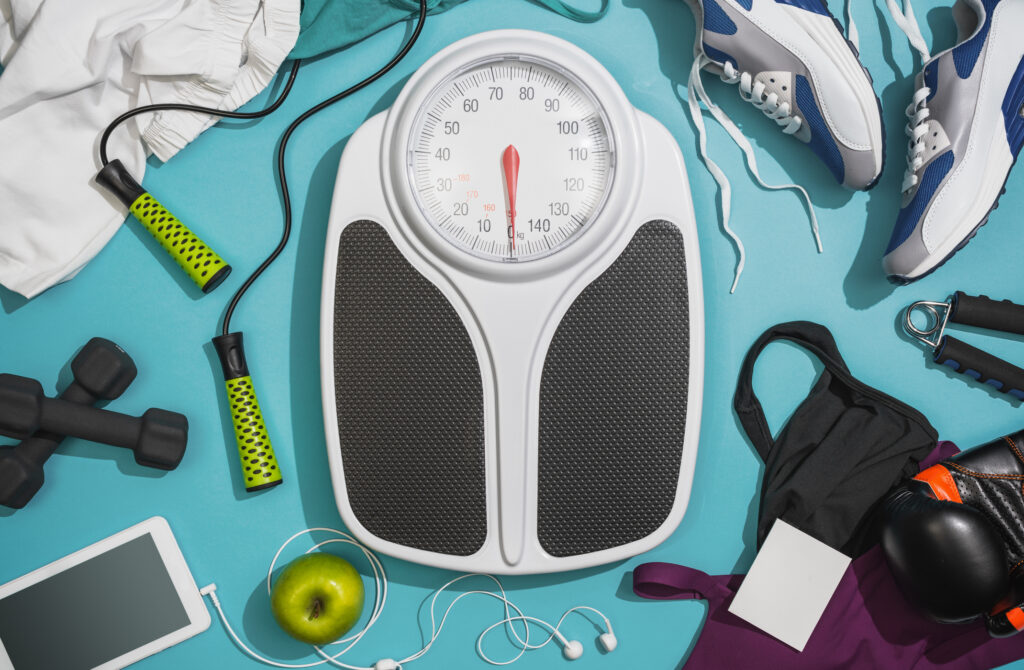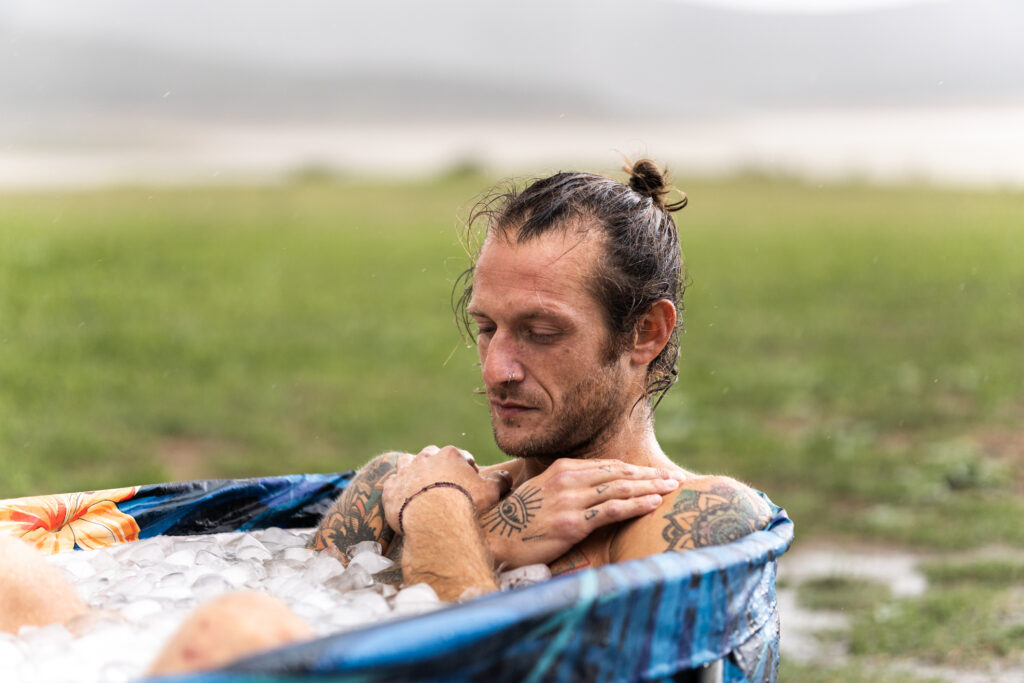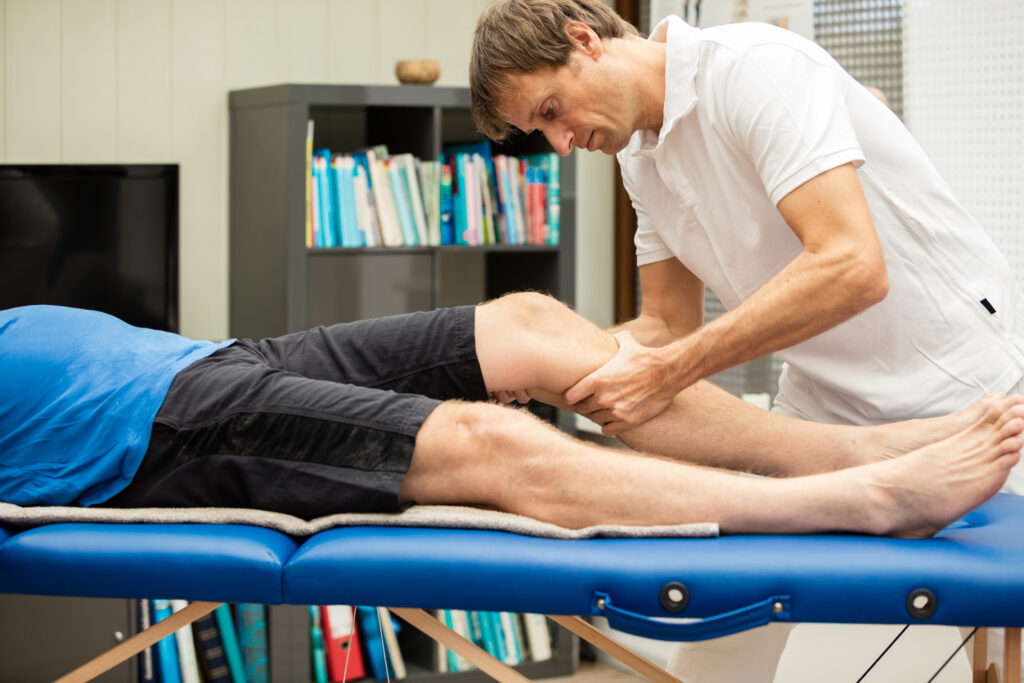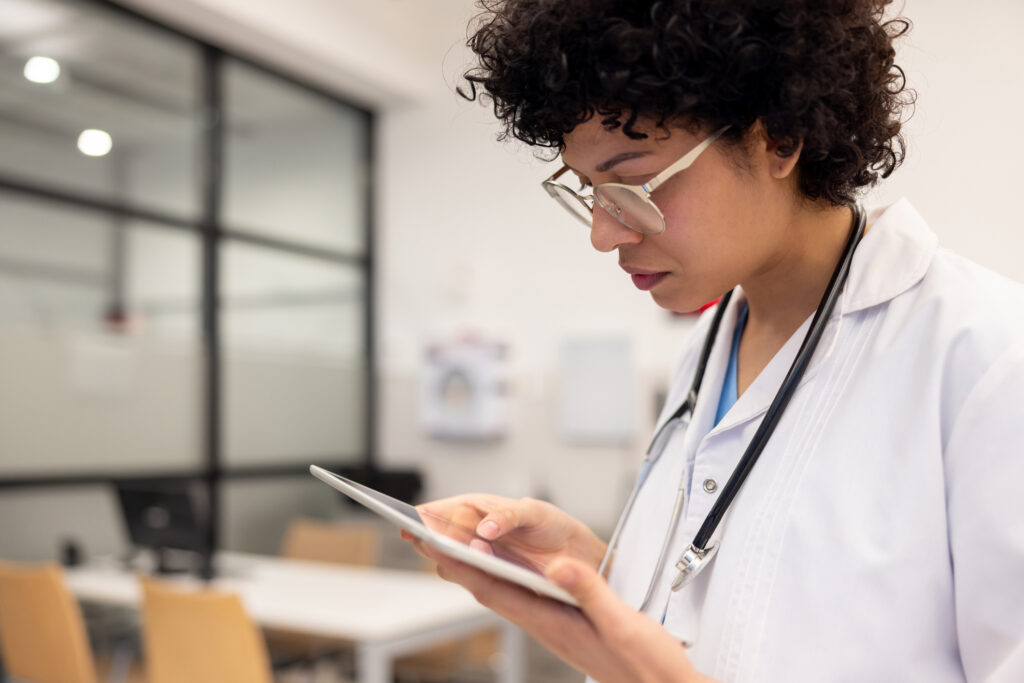Brain Metastases and the Importance of Skilled Exercise Trainers

Research in the field of exercise oncology has created a large and consistent body of knowledge regarding the benefits of physical exercise throughout the cancer continuum. In this regard, several international organizations, in particular the American College of Sports Medicine® (ACSM), have published recommendations based on the existing evidence that justifies the need for appropriately […]
Prostate Cancer: A Survivor’s Perspective

September is Prostate Cancer Awareness Month, and for men living in the U.S., one in eight will be diagnosed with the disease at some point, including more than 200,000 this year. If you are an African American man, the likelihood is one in five, and if you have a family history of prostate cancer, the […]
Exercising a New Path: Insights from the ACSM Roundtable on NAFLD and Physical Activity

The growing prevalence of nonalcoholic fatty liver disease, or NAFLD, is quite astounding. With one in three people affected worldwide, NAFLD is a substantial public health issue that demands attention. Characterized by excessive fat deposition in the liver, NAFLD is typically found in the setting of metabolic dysfunction. If uncorrected, NAFLD can progress to advanced […]
Cold Water Immersion: Friend or Froze?

The Good Athletes today have a variety of cryotherapy options available to them. Cold water immersion (CWI) is the most studied cryotherapy application and the most commonly used modality for athletes at all competition levels in post-recovery regimens. CWI is thought to affect pain pathways through alpha and c-fibers, limit the inflammatory process and cell damage, expedite metabolite removal and improve energy […]
Optimal Race Weight for Endurance Sports: A Complex Issue

Sports performance is simple and definite. Someone wins, and someone else loses or comes second. Therefore, it is tempting to think in binary terms about other aspects of sports performance. The laws of physics predict that an increase in power-to-weight ratio will increase the speed of a body moving against gravity. If body fat (or […]
Physical Activity Guidelines Midcourse Report: A Q&A with Federal Lead Katrina Piercy, PhD, FACSM

Dr. Katrina Piercy, FACSM, is the director of the Division of Prevention Science within the U.S. Department of Health and Human Services’ (HHS) Office of Disease Prevention and Health Promotion (ODPHP), having taken on the role in January 2022. Piercy earned a Ph.D. in exercise physiology and nutrition from Virginia Tech (in the department now […]
Eccentric Exercise as a Potent Prescription for Muscle Weakness after Joint Injury

Muscle weakness is difficult to treat after a traumatic joint injury as it stems from a multifaceted interplay of neurological and morphological processes that disrupt the muscle’s communication and regulation. Data from a large clinical database showed that four out of five patients who engage in anterior cruciate ligament rehabilitation (one of the most common therapeutic programs) […]
Recognizing Sudden Cardiac Arrest in Athletes

On June 2, Jonathan Drezner, M.D., director of the University of Washington’s Center for Sports Cardiology, delivered the 2023 John R. Sutton Clinical Lecture at ACSM’s annual meeting covering sudden cardiac arrest in athletes. Learn how to recognize and respond to these not uncommon events by viewing the video from Dr. Drezner’s lecture below and […]
Caffeine May Increase the Health Benefits of Exercise; Latte da!

Exercise is good for you. There are many ways by which exercise favorably modifies health. One way is through a chemical known as interleukin-6, usually abbreviated as IL-6. During and following exercise, skeletal muscles release IL-6 into the blood. It is then transported throughout the body where it can have positive effects. For example, the […]
First, You: Strategies for Self-Care in Health Care

“Painful feelings are, by their very nature, temporary. They will weaken over time as long as we don’t prolong or amplify them through resistance or avoidance. The only way to eventually free ourselves from debilitating pain, therefore, is to be with it as it is. The only way out is through.” ― Kristin Neff, Self-Compassion: The […]
